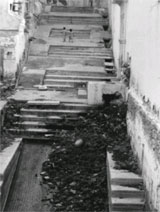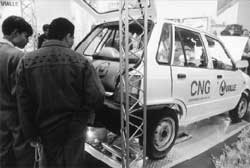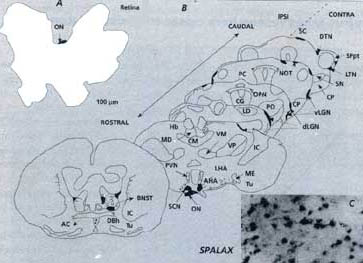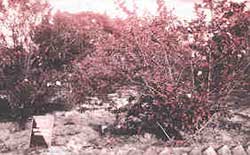
The road from Stockholm to Rio
It was the Stockholm conference, held exactly 20 years ago, which put environmental issues on the global agenda for the first time. But the contours of environmental negotiapons have changed a great deal from those early days














